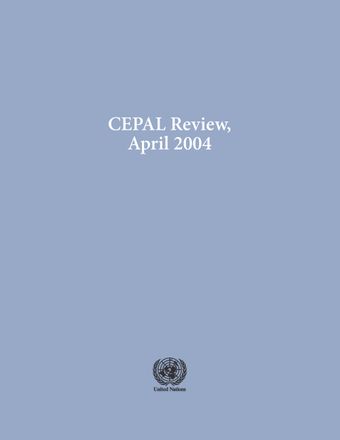-
Foreign banks in Latin America: A paradoxical result
- Source: CEPAL Review, Volume 2004, Issue 82, Jun 2004, p. 19 - 35
- Spanish
-
- 16 Jun 2004
Abstract
During the 1890s there was a dramatic increase in the presence of foreign banking in Latin America. Macroeconomic stability and economic reforms, especially capital market and financial liberalization, created attractive conditions for banks which were looking for economies of scale and worldwide growth. At the same time governments hoped that foreign bank penetration would provide a solution to the need to increase capital within the system, as well as representing an insurance against systemic risk. The efforts to attract foreign investment coincided with the strategy of the leading players to become global banks. Now that the initial penetration has been achieved, it is worth analyzing what the impacts have been on the performance of the financial system. The main conclusion is that there has been a positive outcome for the region in terms of microeconomic efficiency, but this contrasts with the macroeconomic impact.





